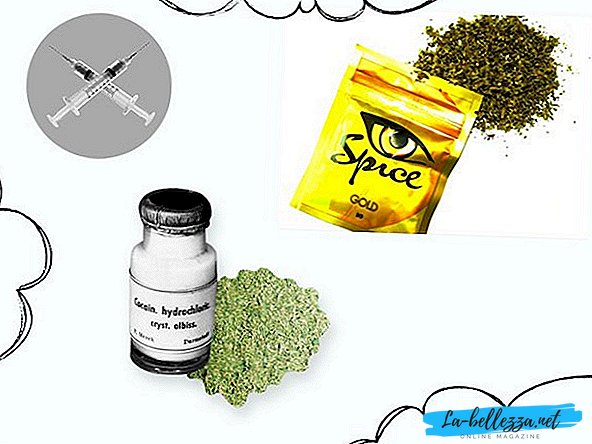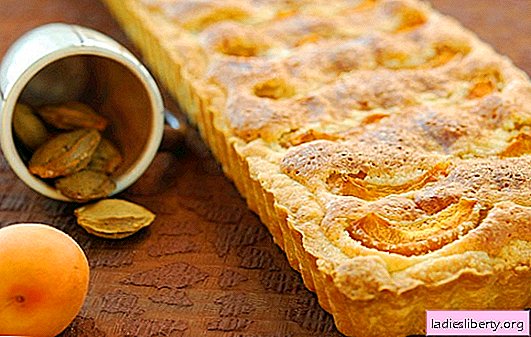
Buttercup - general description
Kind Buttercup The Ranunculaceae family includes perennial herbaceous plants with a high erect stem with a height of up to 50 cm, short rhizomes and numerous roots collected in a dense bunch. In May, the flowering of buttercup begins with golden yellow flowers on long peduncles, which lasts until the fall. Buttercup is used mainly as a medicinal plant.
Buttercup - types and places of growth
The main regions of growth of buttercups are Europe, Asia, North America, where it can be found in meadows, fields and along the banks of water bodies. In total there are about 160 types of buttercups; up to 40 species can be found in the European part of Russia, among which the most common are creeping buttercup, caustic buttercup, multifloral buttercup, poisonous buttercup, and watercup.
Buttercup - healing properties
It should be noted right away that buttercup is a very poisonous plant, therefore self-healing by this plant is out of the question, and it should be used with great care, especially the green part of the plant. However, in a small concentration it does not have a toxic effect, and can be a very effective way to alleviate many painful conditions.
So, fresh leaves of buttercups treat outwardly joint pains. They are also used as an adhesive patch for old boils and carbuncles, which can not be opened in any way, and for other pustular diseases. A decoction of fresh leaves and flowers of buttercup, taken in small quantities, treat stomach and headaches.
Also, buttercup preparations can stimulate the central nervous system, increase hemoglobin and have a bactericidal and antifungal effect. Traditional medicine does not use buttercup in the manufacture of medicines, however, recent studies have shown its effectiveness in the treatment of skin tuberculosis.
Buttercup - dosage forms
Buttercup grass is harvested during its flowering period, from May to July. As a rule, buttercup is used fresh, since when drying it loses its healing properties.
Buttercup - recipes
With malaria, buttercup flowers can alleviate the course of an attack, for which, 8-10 hours before it begins, a little crushed fresh flowers are applied to the wrists in the joints, to the place where the pulse is felt.
To treat skin tuberculosis, an infusion of ranunculus herb is used, for the preparation of which 5 gr. crushed raw materials are poured with a glass of boiling water and, letting it brew for about 5 hours, is used for lotions.
With gout and rheumatism, rubbing with alcohol tincture on the buttercup flowers is done, for the preparation of which 10 g of fresh raw material is poured 100 g. vodka and a month insist in a dark place.
To combat heel spurs, the buttercup grass is brewed with boiling water and, after boiling the mixture for about 10 minutes, the broth is poured into the basin and the legs are steamed until the water cools down.
For liver diseases, use a decoction of buttercup, for the preparation of which 1 tsp. herbs are poured with 2 glasses of boiling water and, warming up for 15 minutes in a water bath, filter the resulting broth and take 1.5 tsp. thrice a day.
Buttercup - contraindications
Buttercup is a very poisonous plant. In ancient times, it was used to prepare various poisons. Interestingly, the potion that Juliet took in Shakespeare's immortal play was also made from buttercup. Thus, it is possible to use this plant for medicinal purposes only after medical consultation, with strict adherence to the recommended dosage.
If these rules are not followed, you can become a victim of severe poisoning, the main symptoms of which are sharp pain in the esophagus, stomach and intestines, vomiting, diarrhea and heart weakness. If this happens, you should immediately consult a doctor, before which you need to do a gastric lavage and take a large amount of activated carbon.
Uncontrolled external use of buttercup leads to skin lesions, up to necrosis.
Comments











